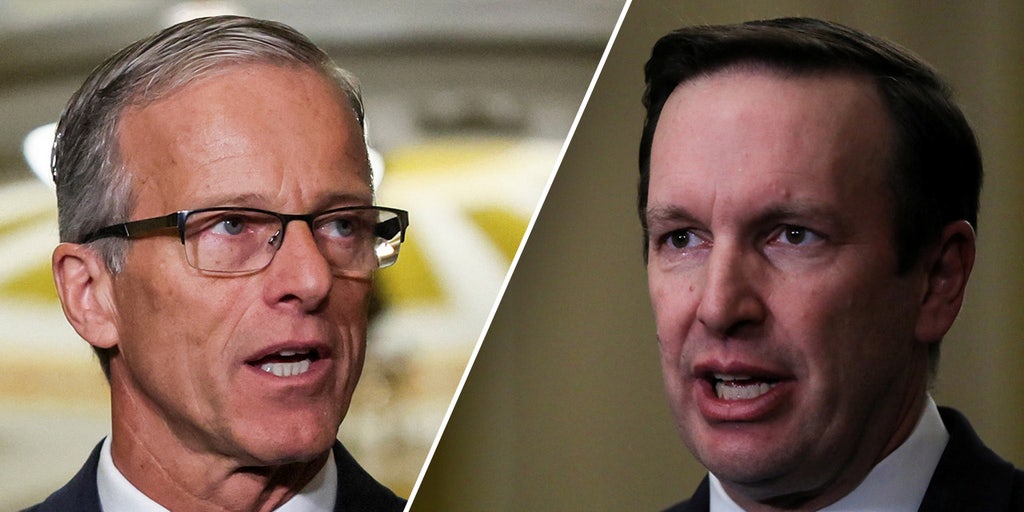Irony Alert: Democrat Who Denounced Trump Now Plays Obstructionist Playbook

In a strategic move reminiscent of past Republican tactics, a Senate Democrat is now employing a procedural roadblock that significantly slows down the confirmation process for Trump's nominees. By obstructing the streamlined voting procedure, the senator is forcing the Senate to navigate through time-consuming procedural votes, effectively mirroring the delay strategies previously used by Republicans when they were in the minority.
This parliamentary maneuver highlights the ongoing political chess match in the Senate, where each party seeks to leverage procedural rules to advance or impede their political objectives. The tactic underscores the intense partisan dynamics that continue to shape legislative proceedings, demonstrating how minority parties can still wield significant influence in the confirmation process.
The deliberate slowdown not only challenges the efficiency of Senate operations but also serves as a pointed reminder of the cyclical nature of political obstructionism, where tactics once employed by one party are now being strategically adopted by the other.

